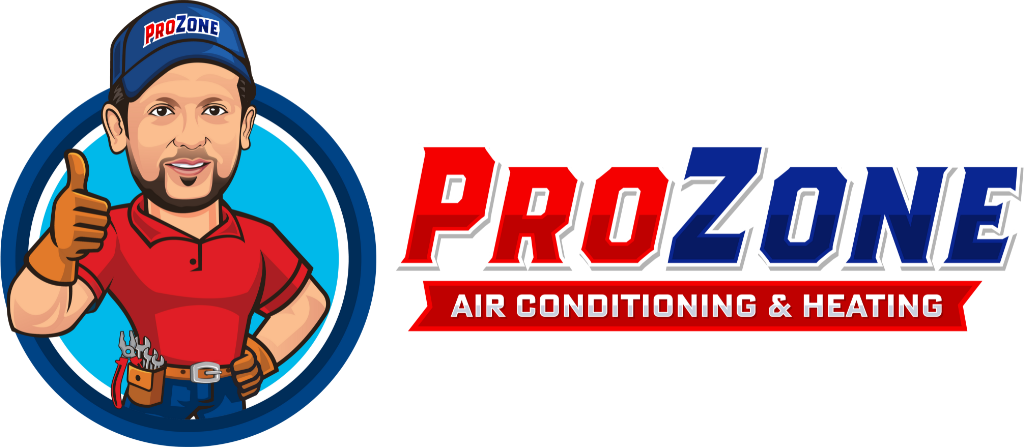What is a Burner Orifice
Learning about the different components of your HVAC system helps you prevent major breakdowns and expensive repairs. It also ensures you maintain the peak performance of the unit even after years of use


About Burner Orifice?
You might have heard of blowers, compressors, evaporator coils, and furnaces, but the burner orifice is one component many homeowners have unheard of. A burner orifice is a small plug from where the flame emerges.
Brass fittings are used to create orifices that screw into or onto valves (spud or hood). These orifices will have a range of hole sizes depending on whether they are for propane or natural gas. It is very important to clean the orifices, as they get clogged over time.
How Does It Affect the Performance of Your Heating Unit?
Orifice provides fixed throttling to control the speed and flow of gas for a consistent flame size that affects the heating capacity of your HVAC system. If the orifice is clogged with dirt or has the wrong hole size, it might affect the gas pressure, causing uneven heating and lower indoor comfort.
Therefore, cleaning and maintaining your burner orifice is important for peak performance throughout the year.
How To Clean The Orifice?
The fuel delivery orifice will no longer be able to provide the required fuel to the appliance for proper combustion if it is blocked or unclean. Even the tiniest particle can significantly impact the air/fuel combination in the opening. Inspect the orifice during furnace maintenance and clean it if necessary.
It's crucial to avoid enlarging the hole when clearing a blocked orifice! Instead, abide by the guidelines below.
- Soak the orifice in alcohol.
- To blow it out, use an air hose with a high-pressure nozzle.
- As a last option, clean it with a toothpick or a toothbrush.
The venturi tubes should be cleaned and then repositioned over the orifices after the orifices have been replaced. For example, in "Flashback," a gas buildup in the venturi ignites behind the control panel, and the venturi can become clogged.
Factors To Consider When Reassembling The Burner
Once you've cleaned the orifice, it is time to put it back and reassemble your burner. However, there are few things to consider when setting up your burner.
Burner Placement
Slide the air shutter over the brass orifice, set it in the center, and rest the burner's rear end on its mounting bracket to replace it. Centering the burner on the orifice is essential. Don't move the air shutters from their initial position (unless readjusting). Check to see if the burner rocks and if it is level. Extra caution must be exercised when changing the burners to avoid hitting or damaging the electrode wire.
Get Rid Of Gunk
Through the combustion of a fuel-air mixture combined with the moving air, your furnace heats your house.
The process is divided into the following steps:
- The thermostat notifies your furnace to start the heating cycle when the air inside your home cools below the temperature you've set on the thermostat.
- Gas is sent to your burners when the fuel valve opens. The pilot light ignites the mixture of air and fuel at the same time.
- The heat exchanger is forced to receive heat from the combustion chamber.
- Fresh air is circulated throughout the home, passing across a heat exchanger inside the interior air handler.
-
How To Maintain Furnace Burners
Here, we share DIY tips to clean and maintain the burner on your gas furnace:
- Use a power drill and a tiny wrench to remove the unit.
- Take a brass brush to clean the debris off the burner.
- A bottle of compressed air to clear the tiny holes of the burner.
Hire ProZone Air Conditioning and Heating For Furnace Maintenance and Replacement
You can learn more on the most common AC problems in our Blog.

Call Us Today!

OR

